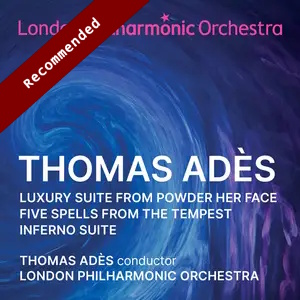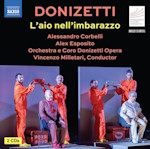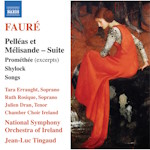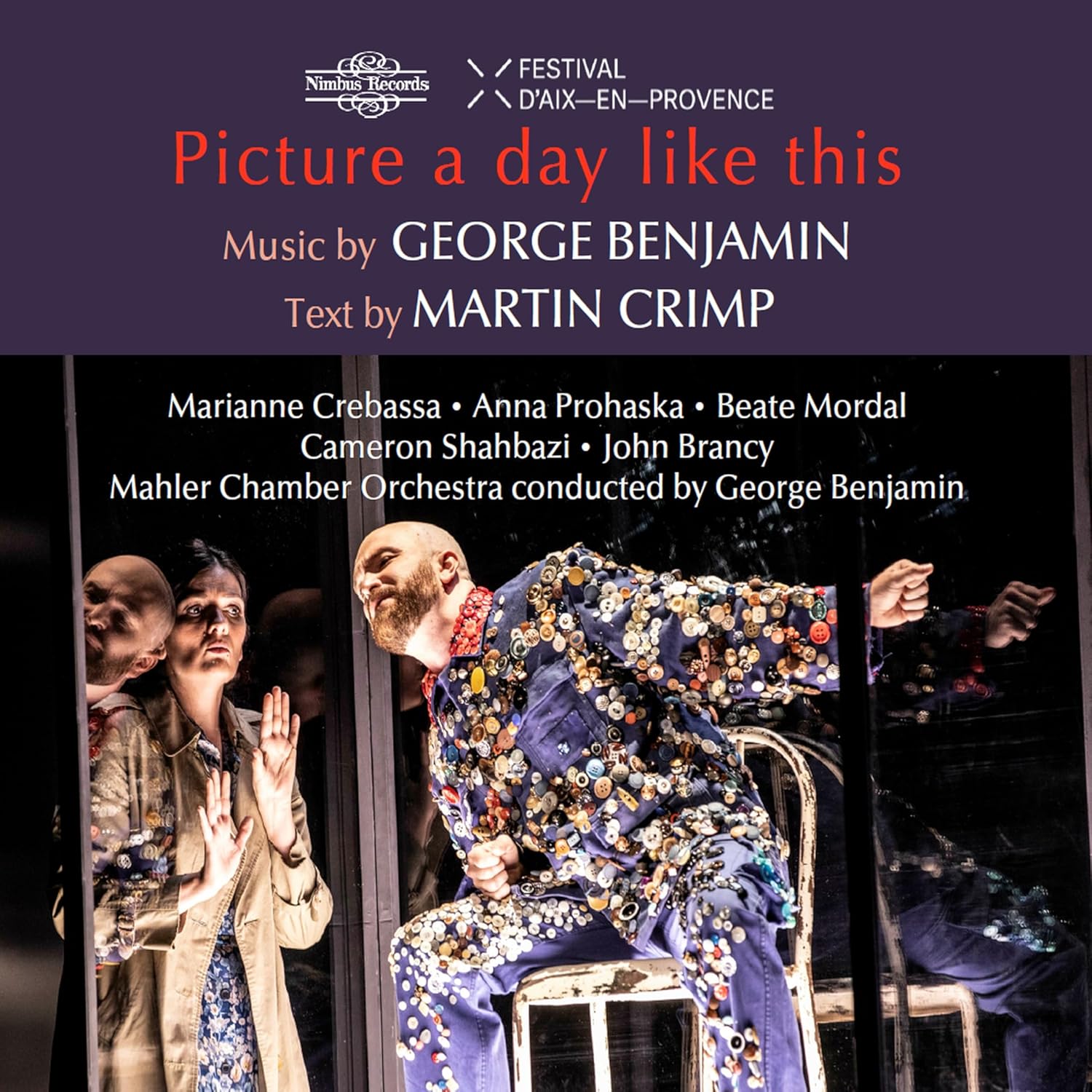
Thomas Adès (b. 1971)
Luxury Suite from Powder Her Face
Five Spells from The Tempest
Inferno Suite
London Philharmonic Orchestra/Thomas Adès
rec. 2018/23, Royal Festival Hall, London
Reviewed as a download
LPO LPO0131 [70]
New from the LPO, this disc contains substantial suites of orchestral music from Adès’ operas Powder her Face (Cheltenham Festival, 1995) and The Tempest (Covent Garden, 2004), and a suite from his recent ballet The Dante Project (Covent Garden, 2021).
Aged only 24 at the premiere of Powder her Face, Adès became the Wunderkind of British music and commissions came in thick and fast. He devised a three-movement suite from the opera early on but ten years later he made a revision adding more scenes. Adès champion, Sir Simon Rattle gave it first in Berlin and the performance on this CD is from the following year, 2018. The work formed part of the first half of a concert that also included the organ concerto of Gareth Barry and Stravinsky’s Perséphone – a classic Thomas Adès program, broadcast live on BBC Radio 3.
The opera is based on the Duchess of Argyll who attained her notoriety in the sixties following a very public scandalous divorce from her second husband, the Duke. She exemplified the dissoluteness of the wealthy ruling class in post war Britain – the “headless man” story sold many a newspaper for sure. Adès’ 25-minute suite is written for huge orchestra with triple woodwind, a battery of percussion and large string contingent. There is tango, waltzing galore, sleaze and seduction. The music very well portrays the story and does not overstay its welcome. Adès himself is of course conducting and brings colour and swagger to the score. I love the saxophones and the clarinets in their shining roles. There is some darkness and pathos to the score too; an incredible achievement at the time. Listeners should be prepared that whilst the piece is jazzy and looks back to the 30s, it is far from pastiche. It is the work of a truly masterful composer of the here and now. Adès also wrote a quite substantial Lisztian concert paraphrase on the work for piano which is worth hearing.
Adès Five Spells from his opera The Tempest is even more impressive as a stand-alone piece. I believe, when it was premiered a few years ago it was named the Tempest Symphony. I attended one of the premiere performances of the opera at Covent Garden in 2004. I remember it well, not least as I took advantage of the pricing decisions the house made and treated myself to a stalls seat for the first time ever (the price was what I would have normally paid for my front amphitheatre seat anyway). In the suite, instruments take on the vocal roles, mostly Ariel and Prospero but also including a super cameo from tuba player Stuart Beard as Gonzalo.
The stormy overture portrays the wind and waves with unbridled fury. Adès ends the movement just as effectively as he begins it, and I would imagine that in tempestuous music that is harder for a composer to achieve than it seems. In the next two movements, we are introduced to our principal characters. First, we meet Ariel and Prospero in a fast moving and intricate but masterfully constructed dialogue. Next, we drop in on a sumptuous love scene between Ferdinand and Miranda. Shimmering strings and magical harmonies in the winds create a superb soundscape that make this movement a real gem – this is purely tonal, accessible and beautiful orchestral music.
In The Feast we hear very high violins, piano and twinkling percussive effects that conjure the scene of magic and mystery. Ariel has created a kind of mirage banquet for some of the unfortunate shipwrecked wanderers. This is the scene with the aria for tuba – the trombones are impressive here, too – all very noble and quite touching. The finale is based on Prospero’s final scene in the opera. Slow moving and sombre, the suite ends in tranquillity with ostinato – almost chaconne-like.
The suite from The Tempest is a superb work and would serve as a wonderful introduction to the composer for a novice. It is easy to listen to and follow whilst containing pages of inspired genius that will appeal to the connoisseur.
Adès’ full length ballet score Dante was given at Covent Garden in October 2021 and revived a couple of years later. The whole score was recorded for Nonesuch by the LAPO under Gustavo Dudamel. This is a great recording of a really impressive score and I am surprised it passed by many collectors rather unnoticed. Here the LPO label give us a short suite of movements from the ballet’s first and longest part Inferno.
In Dante’s Divine Comedy the author makes a journey to the depths of hell, up the mountain of Purgatory leading to the dazzling heights of heaven. He is accompanied as guide by Virgil and always there is the vision of beauty Beatrice leading him on. In the inferno, Dante enters the realm and descends through its circles meeting the damned on the way in various stages of anguish. Adès has said himself: “Dante had Virgil for a guide, I had Liszt”. Liszt is a great model for how to compose demonic movement and Adès proves a worthy student of the master.
The wild gyrating chords of the opening give way to a vivid portrayal of sinners being stung by wasps. These souls are not strictly in hell I understand, but are there as they lived a life only of self-interest and never stood up for what is right. Charon ferries Dante and Virgil across the river Acheron into hell proper – classic boat rowing music in the tradition of Rachmaninov – with a lovely cor anglais part, incidentally.
There is a lovely pavan which shows us souls in limbo. It is here that the suite jumps several circles of hell to take us directly to the eighth. First, we hear a Pope’s adagio followed by soundscapes depicting the hypocrites and the thieves. Tuba, trombones, timpani and a plodding bass line paint a picture of the leaden heaviness weighing down the hypocrites. The thieves endure an even worse ritual. Chased by snakes, they turn to ash when bitten, only to regenerate instantaneously to resume their agony again. Adès’ writes a Shostakovichian polka for these shenanigans. Finally, in the last circle of hell we find the Devil enclosed in a lake of flaming ice. A shivering, imposing and spooky finish to a wonderful suite.
This CD is so well programmed and all three suites are must-hear works. The orchestra are consistently excellent and the sound captured by the engineers is full and warm. It would be the single record I would now recommend to anyone curious to sample the music of Thomas Adès. It deserves to be a huge success.
Philip Harrison
Buying this recording via a link below generates revenue for MWI, which helps the site remain free



















